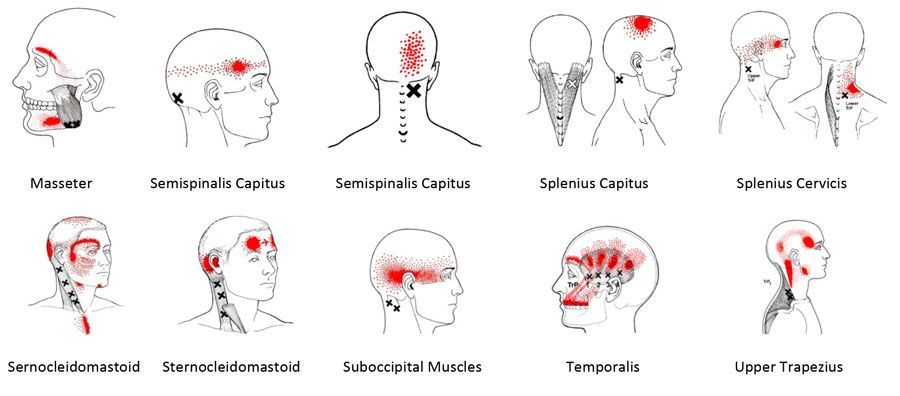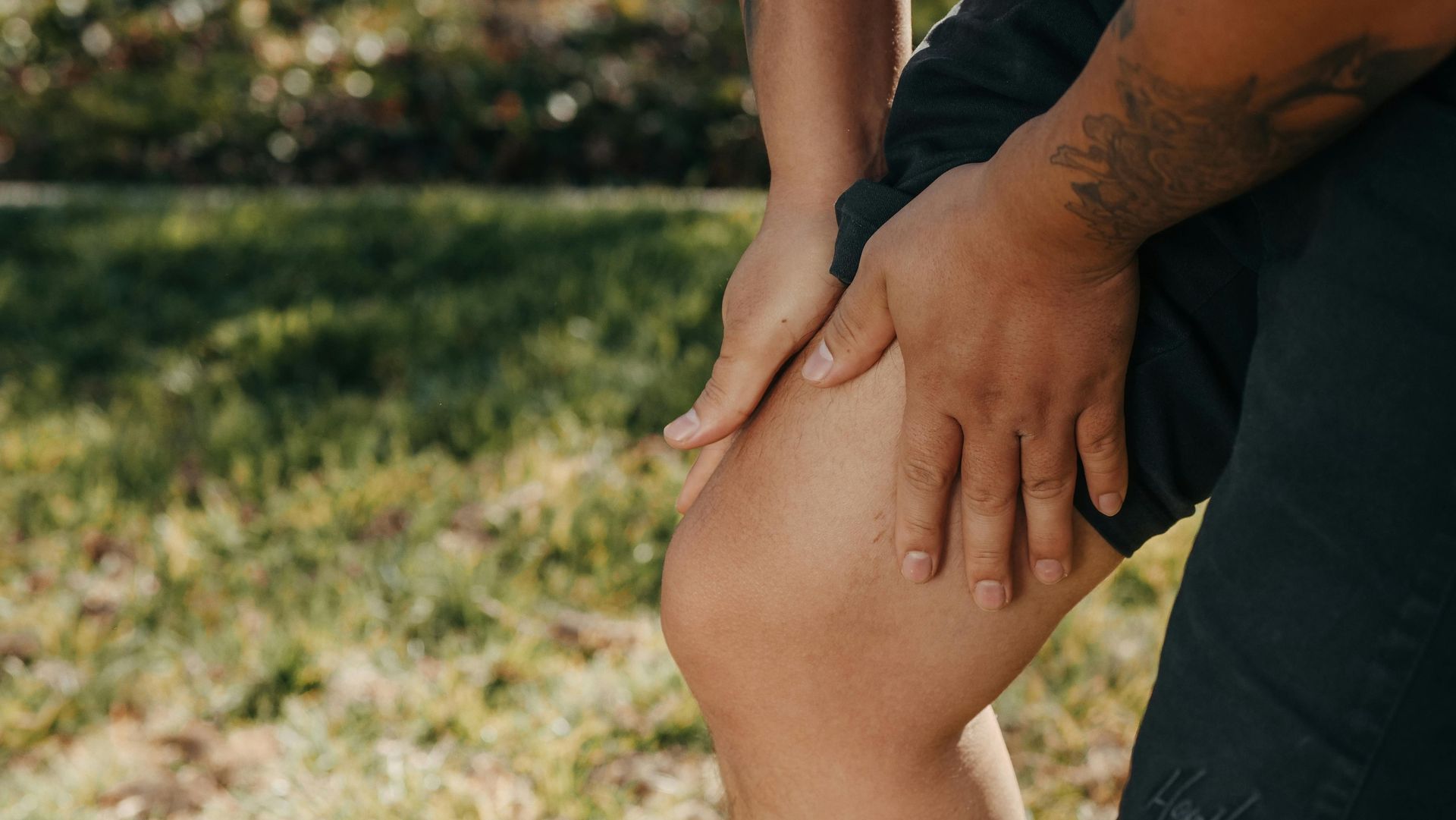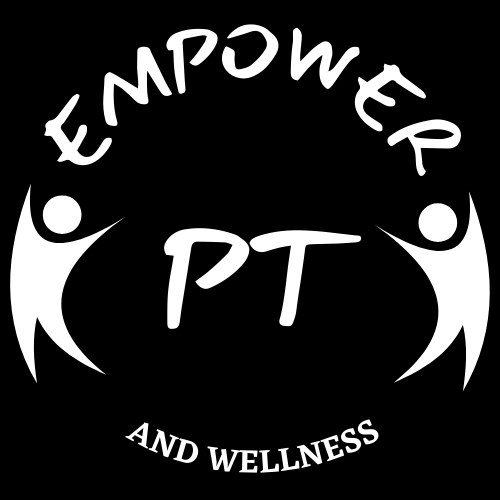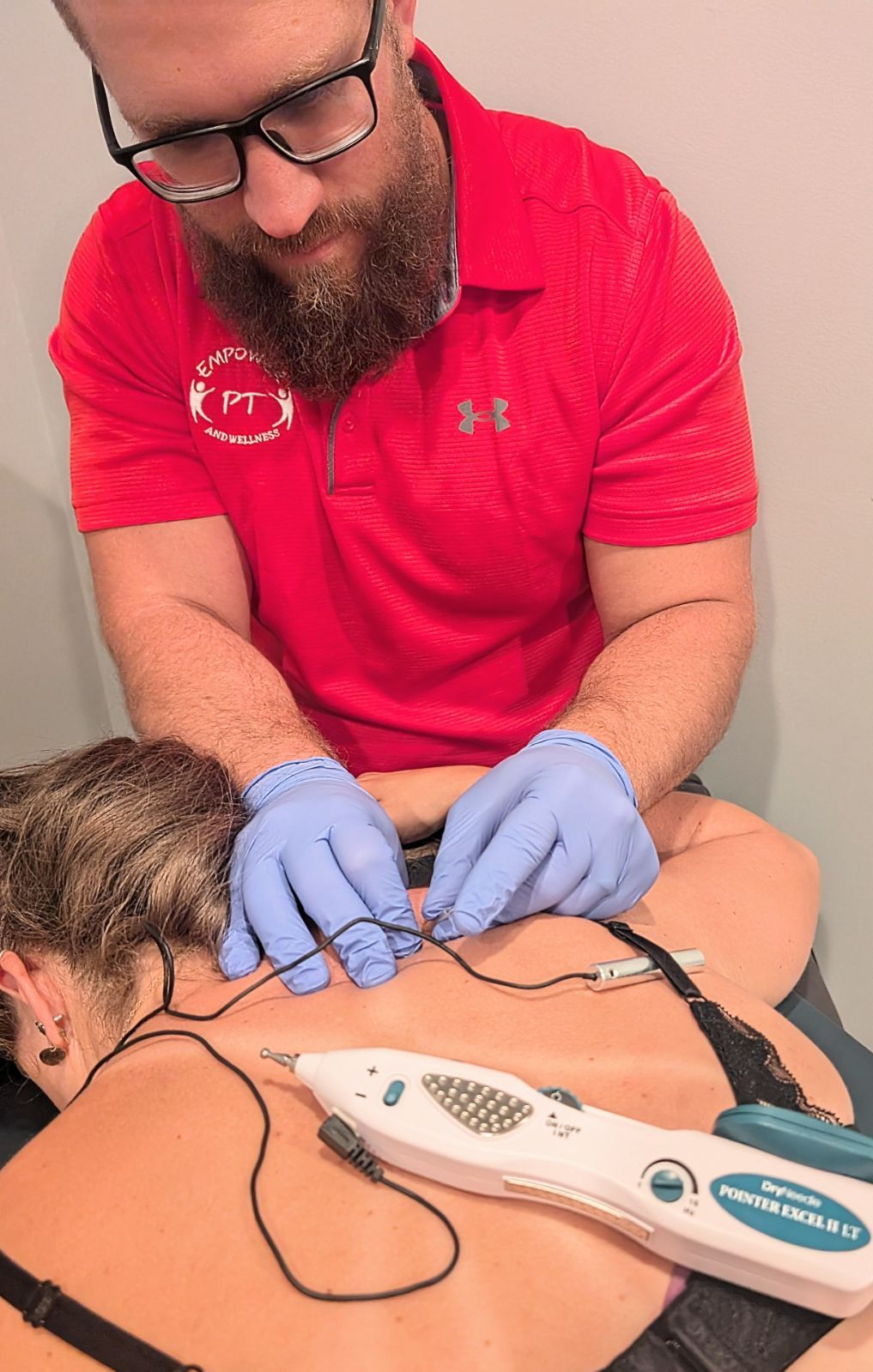Dry Needling:
Personal and Professional Experience with Dry Needling
Dry needling involves inserting a small needle into a trigger point, which can cause the muscle to twitch and relax. This technique can provide significant relief from pain and tension. Here's my personal experience with dry needling:
My First Experience with Dry Needling
My first exposure to dry needling was during my last clinical rotation in physical therapy school. During this time, I was studying for the board exam, seeing patients 40 hours per week, and trying to balance my responsibilities as a husband and father. This stressful period caused a lot of tension in my neck and upper trapezius area. A therapist in the clinic was certified in dry needling and offered to treat my upper traps. After the first session, the burning and tension were gone. The relief lasted less than a week, so I had the procedure done again. Since then, I have not needed dry needling again for that issue.
My Second Experience with Dry Needling
My second significant encounter with dry needling occurred during a dry needling class. Before the class, I had been experiencing some odd pain in my elbow during random movements. Despite having normal range of motion and strength, the pain persisted without a clear cause. During the class, we were working on the shoulder musculature, and while dry needling my teres major, I experienced a massive muscle twitch and felt pain referral to my elbow area. In the following weeks, the elbow pain disappeared entirely.
Will the procedure hurt?
Beyond the impressive results, I found the actual dry needling procedure to be very tolerable. At worst, you may feel pressure or an intense ache, but overall, the procedure is quite manageable.
Importance of a Thorough Examination
Dry needling can be highly effective, but it requires a thorough examination to ensure the correct tissues are targeted. Here are two patient experiences that highlight this importance:
Case 1: Avid Runner with Hamstring Pain
A coworker who was an avid runner had been experiencing persistent hamstring pain. Despite all the stretching, mobility, and foam rolling work she did, the area would always irritate her during and after running. During the examination, her actual hamstring seemed to be in good condition. However, her hip showed limited movement and referred some pain to the back of her leg. According to the referral pattern, this pain was likely due to the gluteus medius, which can refer pain down the side of the leg in a pattern similar to IT band syndrome. We decided to treat the gluteus medius, and afterward, she was able to run without pain.
Case 2: Post-Rehab Hamstring Pain
A second patient, a gentleman who tore his hamstring in a work incident, was nearing the end of his rehab with another therapist but was still struggling with pain in the hamstring area when walking only 1-2 blocks. The therapist asked me to dry needle his hamstring. Upon evaluation, the muscle involved appeared to be more the adductor magnus, which can function similarly to the hamstring musculature. Following the procedure, the patient was able to walk several blocks with no pain.
These patient experiences highlight the importance of a thorough examination before dry needling to ensure the correct tissues are targeted for the best results.
---
For more information on dry needling or to schedule a consultation, please contact us at Empower Physiotherapy. Our experienced therapist is here to help you on your journey to optimal health and wellness.





